
Wahoo now has their new KICKR Bike Pro, which takes their existing KICKR Bike and makes a number of tweaks to what Wahoo calls the bike’s core “touch points”, which means the areas that your hands and butt touch. Your feet don’t count here. Everything else about the bike remains the same, though there is one minor electronics update.
Now, at some point, once I get past some other bike reviews, I’ll circle back to doing a full in-depth review on this. But for now, here’s a quick first look at things after a few rides. My wife has had a ride or two on it as well.
Notably, Wahoo says the KICKR BIKE PRO will replace the existing Wahoo KICKR Bike V2. In fact, in many ways this is less about offering a “PRO” bike (whatever/however that definition might be), and instead, making it clear in the KICKR BIKE lineup that the full KICKR BIKE PRO is ‘better’ than the existing KICKR BIKE SHIFT. While the SHIFT is an awesome product, it wasn’t clear to most people which model between the two was supposed to be better. Now, that should be clearer.
With that, let’s dive into it.
What’s New:
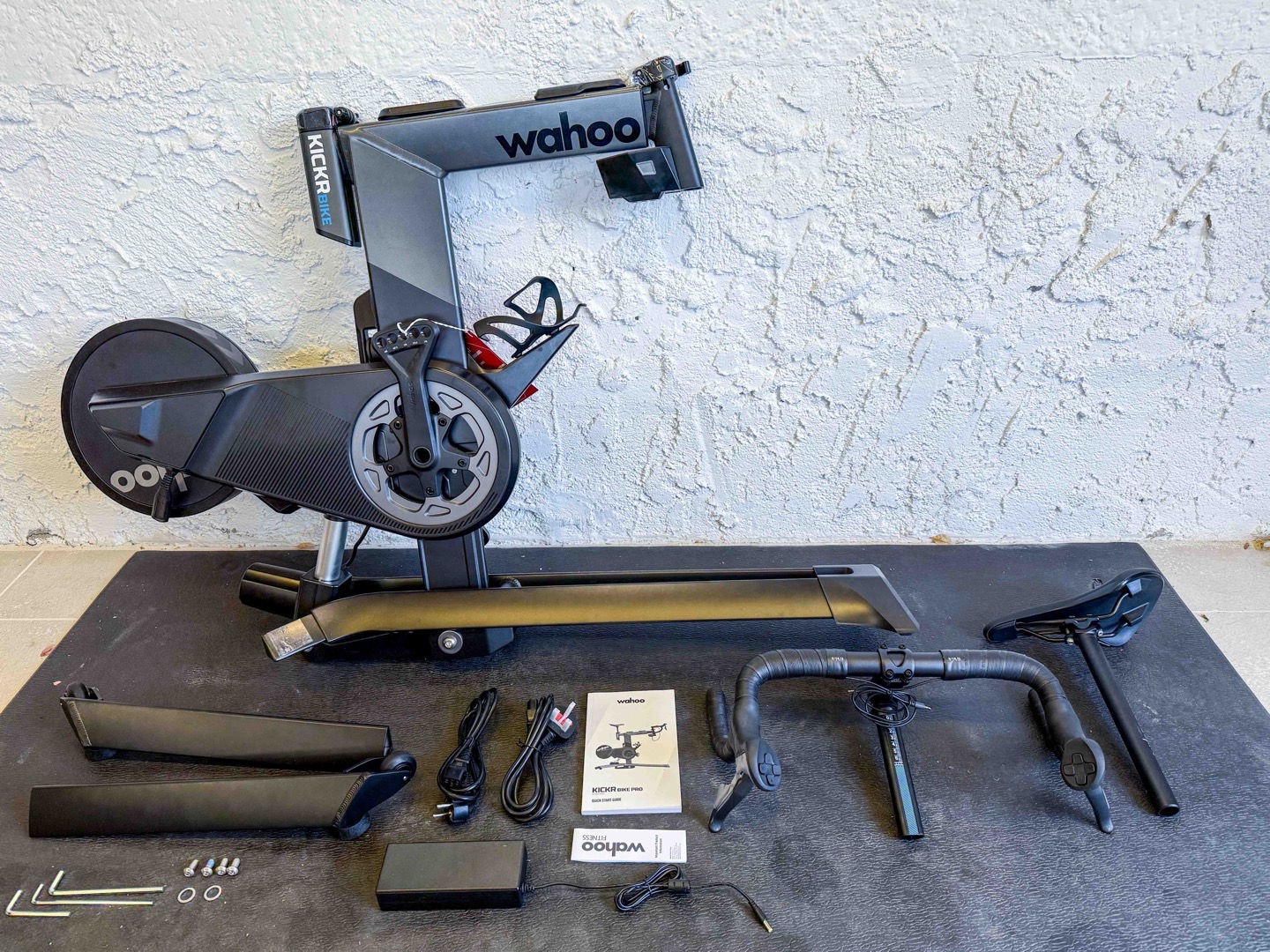
So, let’s just get right into it. Here’s what’s changed on the new KICKR BIKE PRO compared to the existing Wahoo KICKR Bike V2:
– Redesigned handlebar with Zwift Play-style controller buttons built in
– Redesigned handlebar for ergonomics to be 40cm with 16° of flare
– Switched saddle to Fizik Aliante R5
– Switched bar tape to Fizik Solocush
– Added Wahoo Sensor Hub for heart rate & controllers (aka a bridge)
– Tweaked shifters ergonomics for improved Zwift button accessibility
– Added secure/bonded Bluetooth Connections (still supports ANT+ too)
– Slightly increased price $100 from $3,899 to $3,999
Wahoo says they are looking into offering some form of handlebar upgrade option for existing KICKR Bike owners to get/use the new handlebars. It sounded like there are some slight technical differences/complications with the cabling that drive this being a bit later.
In fact, that’s probably my only real complaint here. Wahoo has a very long history of saying they’ll eventually offer XYZ KICKR Bike accessory/upgrade/etc, and usually never does. And the, umm, kicker, here is that I suspect from at least a short-term financial perspective, there’s probably far more money to be made in selling KICKR Bike Pro handlebars with high margins to all the existing Wahoo KICKR Bike owners, than the more limited margins on heavy/bulky KICKR Bikes. Long term, obviously, they’ll make more on new Bikes to new users. But to me, this seems like a bit of a miss.
Perhaps Wahoo looks at the fact that the new Zwift Clicks are only $49, and basically accomplish the same thing, and thus, limit conversion.
Anyway, let’s talk about those bars.
The New Handlebars:
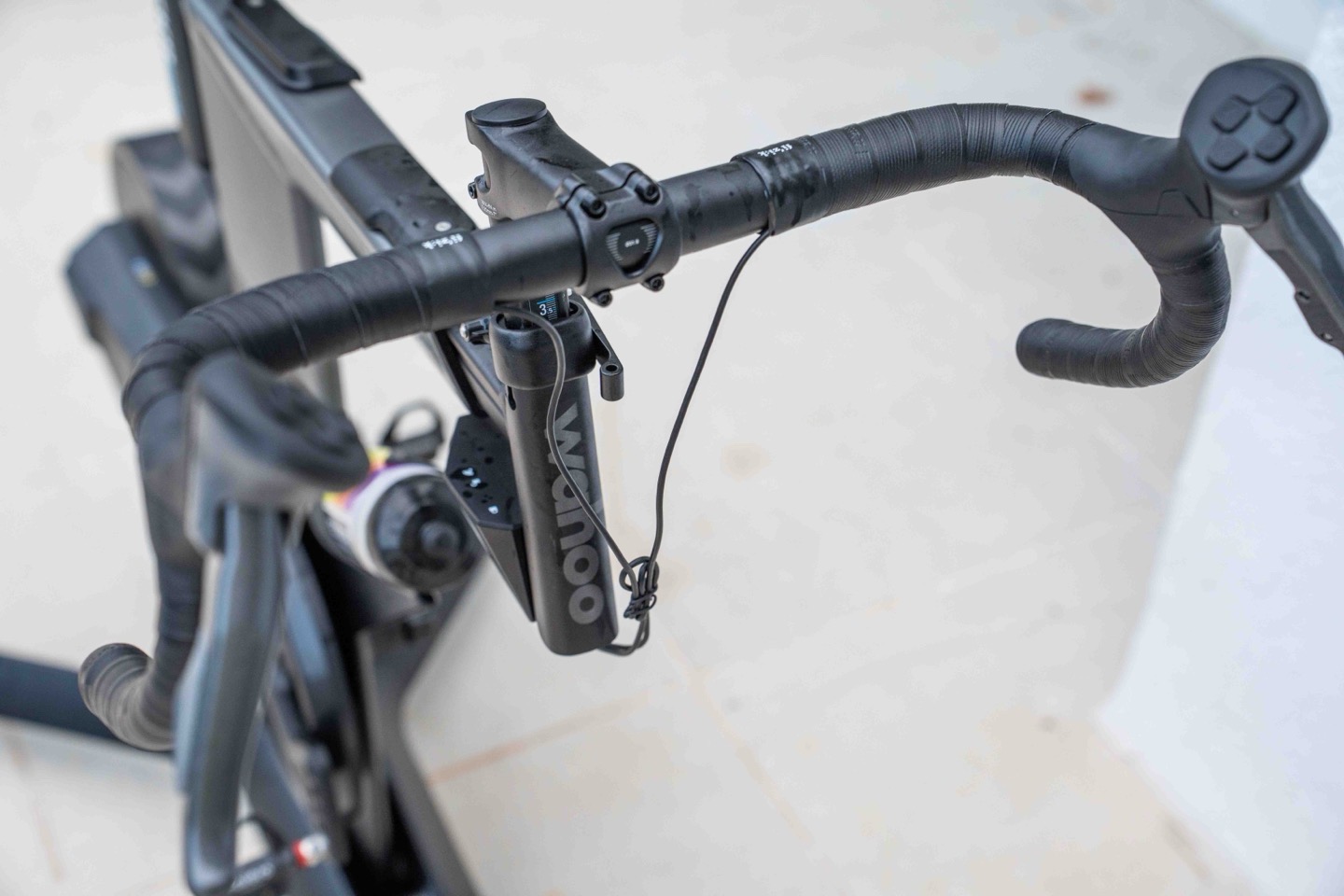
The new handlebars have essentially three components to the redesign:
– Slight differences in shape to taper out more, and change ergonomics slightly around finger placement
– Swapped the bar tape to Fizik Solocush
– Added the game controller buttons on top
Starting with the boring bits first, here’s the new bar tape:

I’m sure there are bar tape aficionados out there, maybe even entire conferences or forums dedicated to it, for all I know. But to me, as long as it stays on my handlebars and doesn’t shred apart quickly, all is good. So far, so good.
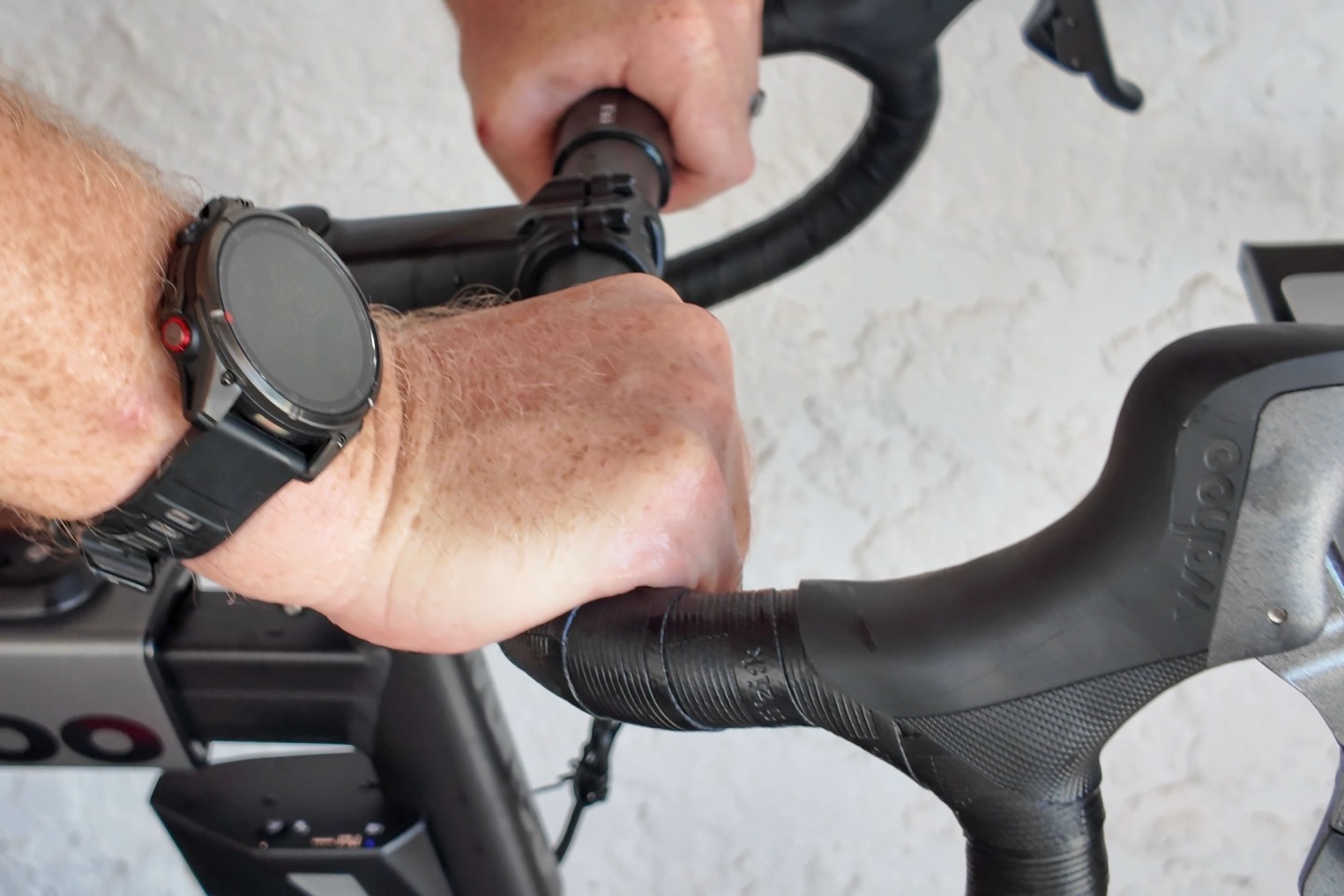
Oh wait, before we talk tech, I should mention the saddle. Or at least, show a picture of it. I know, this section is about handlebars, but look, let’s just show it and move on.
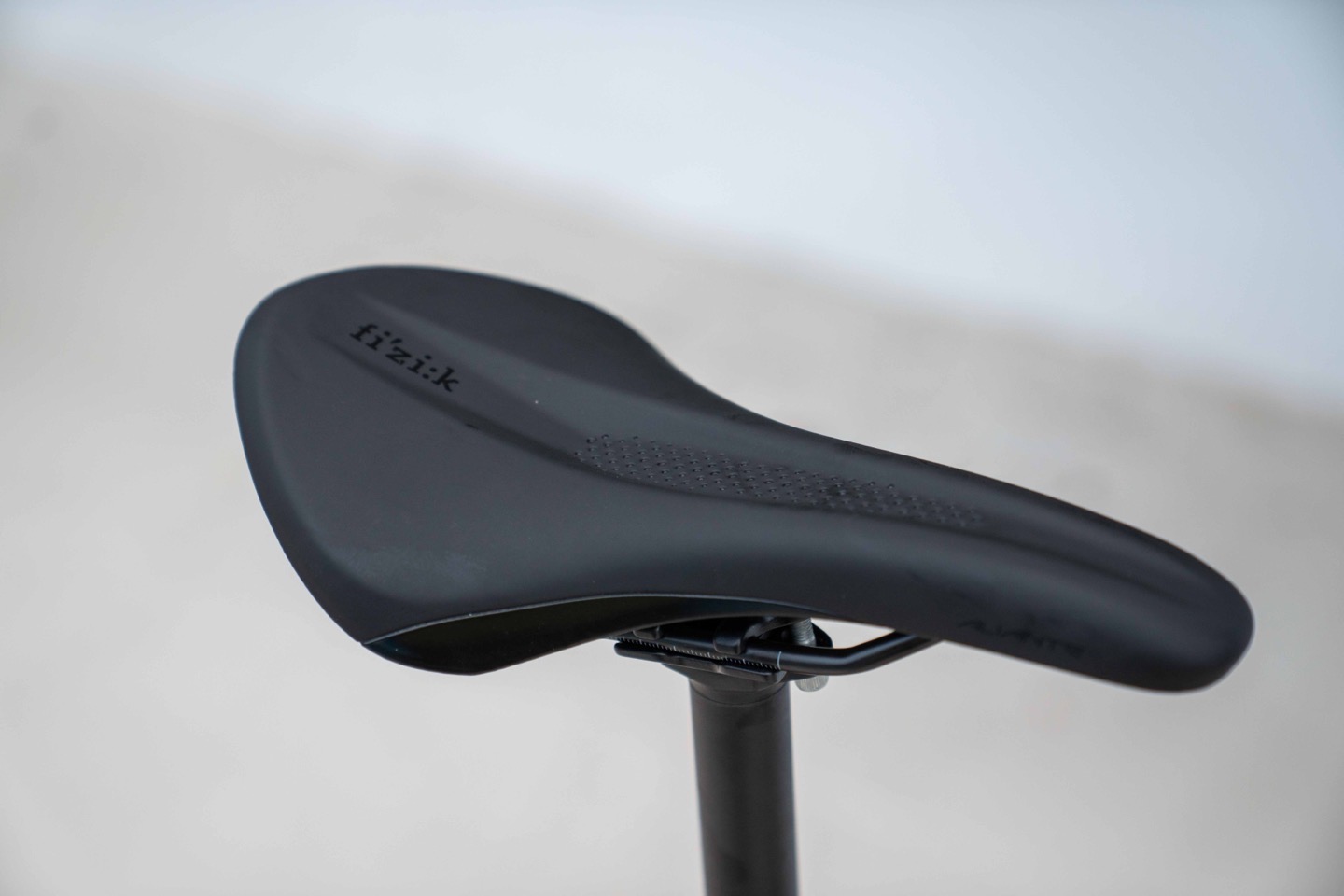
There, checkbox complete.
Next, let’s talk about the buttons. You’ll have two sets of buttons, all of which are identical to the Zwift Clicks that just came out. On the left side, you’ve got four buttons controlling directional input (e.g., moving up/down menus).
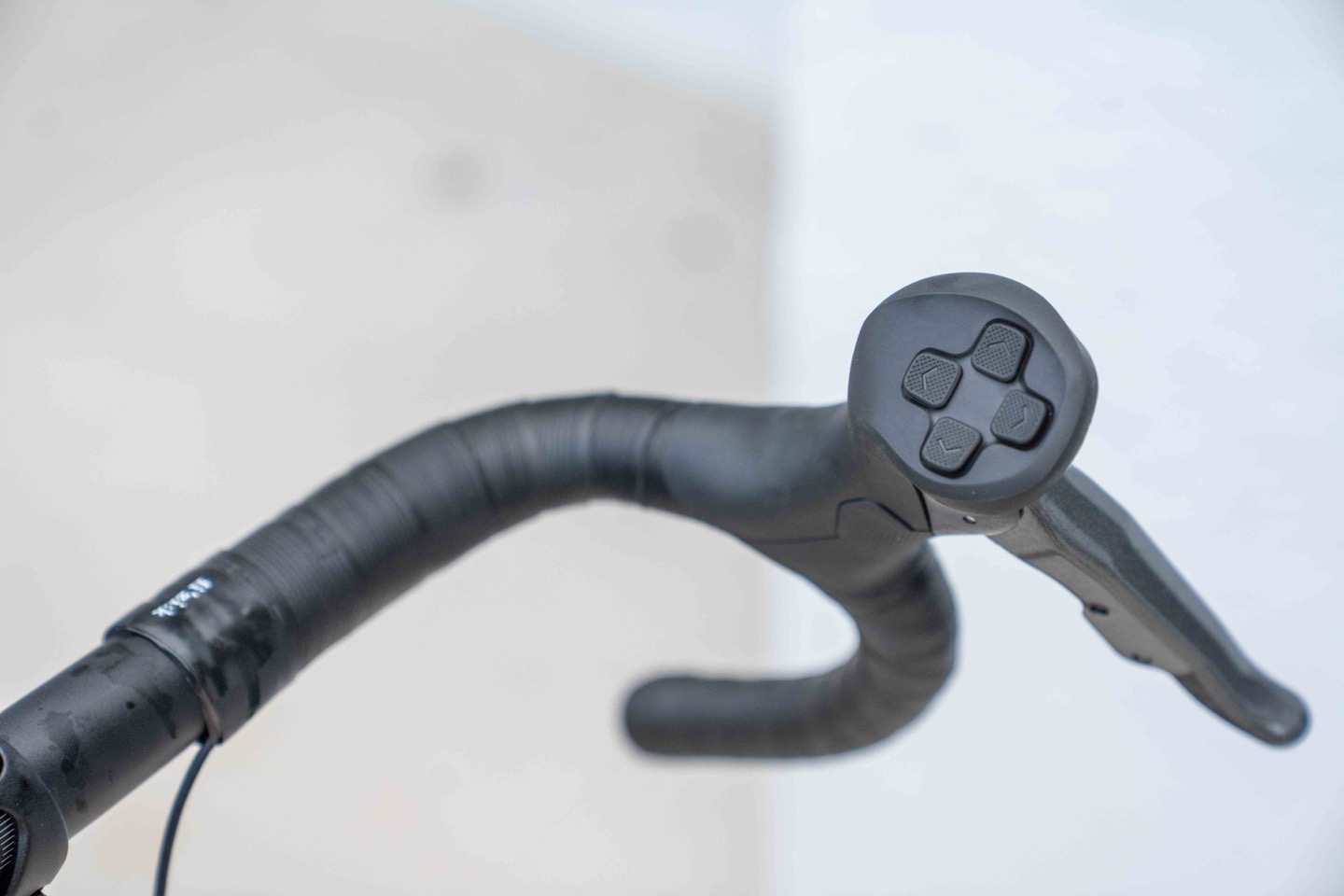
Note that below that, on the inside of the shifter area, you still have the button for steering left. That remains as-is.
Meanwhile, on the right side, you’ve got the secondary set of buttons for confirming things, and quick action buttons within games. For example, dropping a Ride On bomb, using a Burrito, etc… This is also how you confirm items in the menus/action bars.
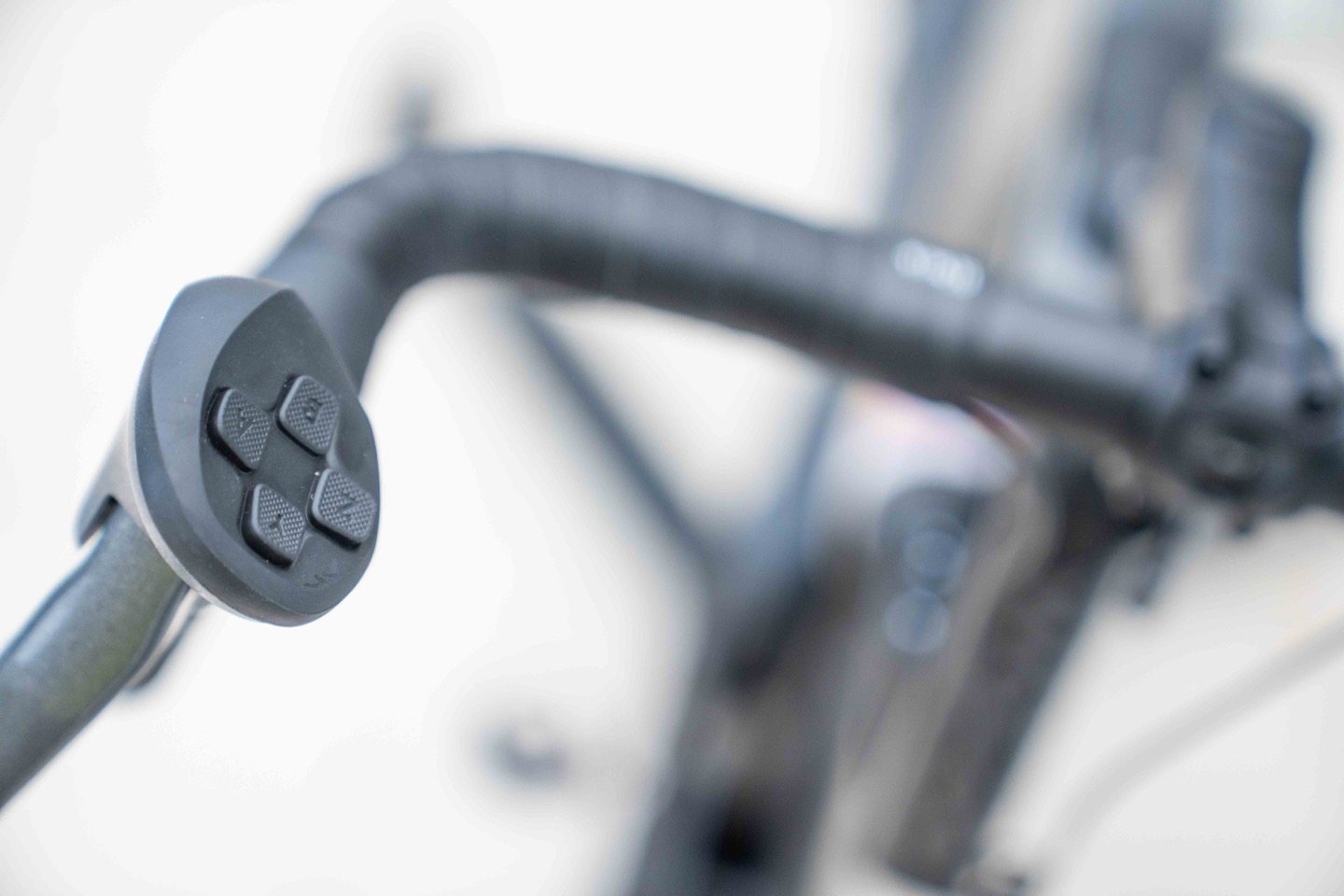
And again on this side, you have the inner button down below for steering right.
One of the most handy aspects of all of this is simply accessing the action bar by holding the left-up button down for a second, and then navigating through the bar using the left buttons, while confirming with the right buttons.
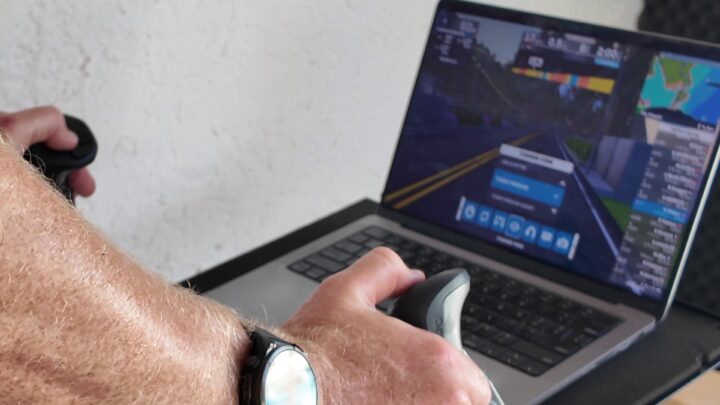
You can even go one step further, though, and navigate the entire menu interface mid-ride using these buttons as well, in case you realize you forgot to set the Trainer Difficulty level to 100%. You can do that from here. Wouldn’t want to be called a wimp.
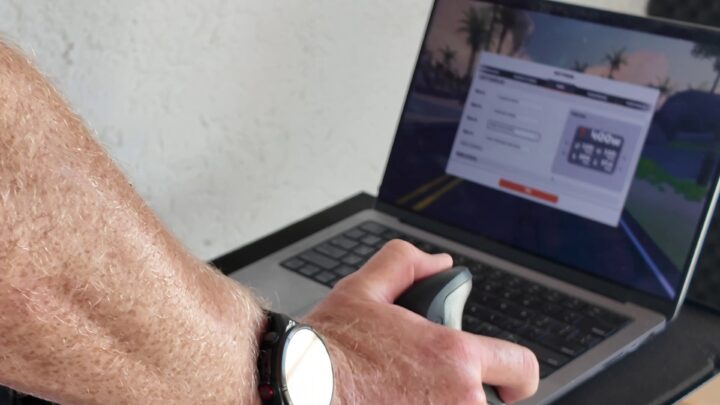
Likewise, in addition to SIM mode (regular riding mode), you can also control the ERG mode bias from here (e.g., going from 100% to 102%, or down to 97%, etc…). Again, all of this mirrors those Zwift Click buttons that came out last week.
However, one important change that isn’t like those buttons: Wahoo says these buttons are free for any platform to use. Thus, I suspect we’ll quickly see Rouvy, along with others, adopt the buttons going forward. We’ve already seen Rouvy also utilize the Zwift Click buttons, despite those not exactly being considered ‘open for business’, so I’m sure they’ll quickly tackle these ones, given they are properly open.
Sensor Hub & Secure Bluetooth Channels:
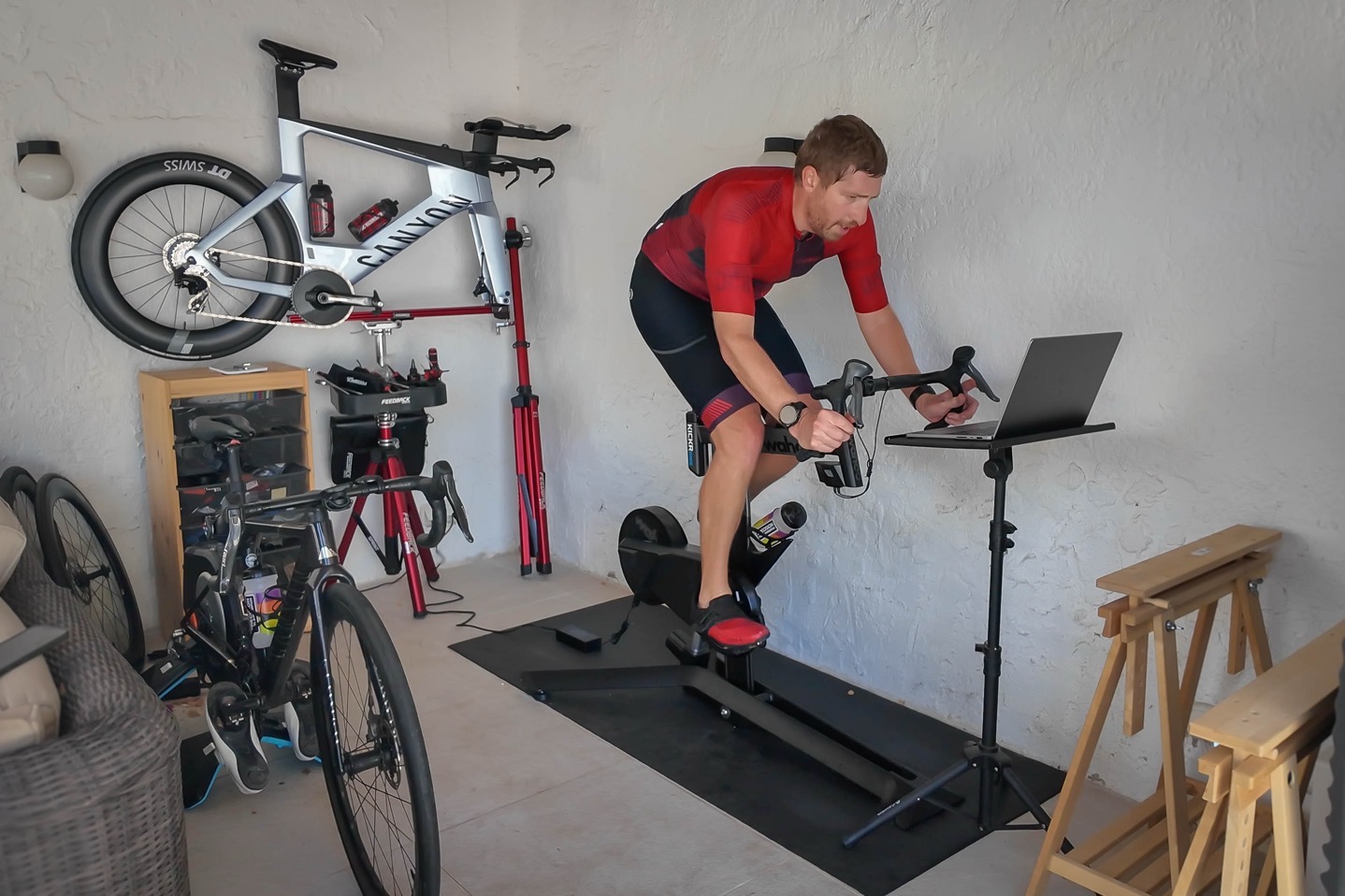
Wahoo is in the process of rolling out secure Bluetooth channels on their devices, and the Wahoo KICKR Bike Pro, alongside the newly announced KICKR CORE 2, are the first two products to adopt this feature. This manifests itself in two ways, mostly unrelated.
First, we’ve got the new Sensor Hub. This is something that Wahoo has literally talked about for a decade now, and is finally coming into fruition. It’s the idea that you can pair a heart rate sensor to the trainer, and then the trainer will pass that signal along within the envelope of the trainer connectivity channel. This is primarily/super important for Apple TV users, where Apple TV only supports two Bluetooth channels (+ remote controller).
So, historically speaking, if you had the trainer, then your heart rate sensor, you couldn’t connect the Zwift Clicks, steering, etc… For the most part, this won’t impact the KICKR Bike users too much, since the KICKR BIKE PRO steering/shifter bits are already included in that channel. However, if you wanted to connect a CORE body temperature sensor, you couldn’t do that (since Zwift supports that natively now). Whereas on the Wahoo KICKR CORE 2, this is more meaningful, since you would have trainer + HR + Zwift Click, so this pulls the HR into the trainer channel.
In any case, this isn’t actually available/functioning yet. Though Wahoo did send over screenshots of how it’s supposed to work. Sounds like this will be showing up in the coming days. Overall, it seems very similar to how JetBlack, Elite, and others have already done it (for years).
First up, you’ll pair up your heart rate sensor to the trainer using the Wahoo app:
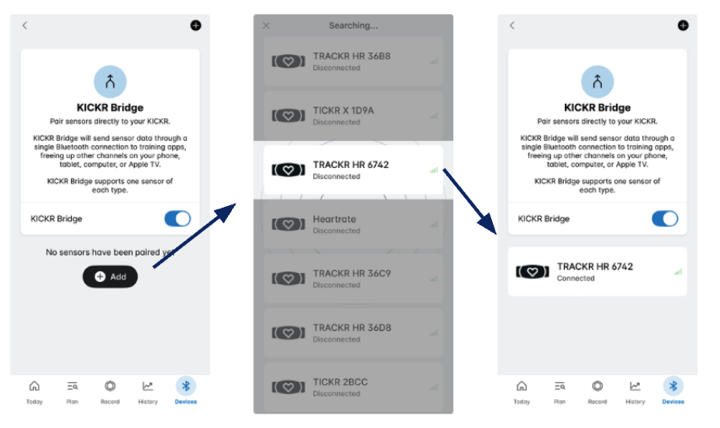
Then, once that’s done, you’ll be able to see it within the Zwift game (or any other platform). About the only/most notable thing here is that Wahoo is cleverly including the actual name of the heart rate sensor, yet showing it’s coming from the trainer. This is a nice touch. Up till now, for JetBlack/Elite, it would show the name of your trainer as the heart rate sensor, whereas here we can see TICKR, showing the Wahoo TICKR.
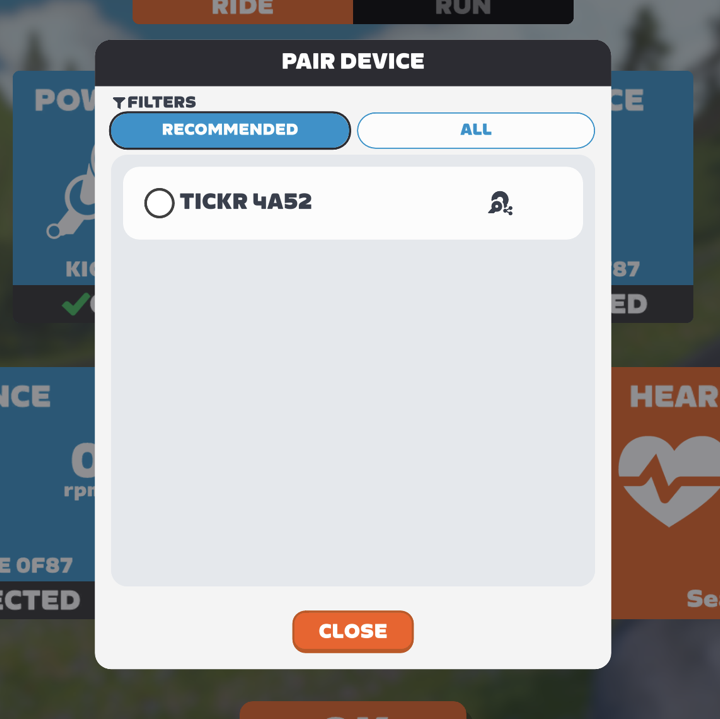
Next, the other change is bonded Bluetooth connections, or secure Bluetooth connections. This is part of various EU regulations coming into force that require companies to offer a secure channel (and prompt the user if the channel is open/unsecured). The user does not *have* to use the secure channel, they just need to be made aware it’s not secured, and offered the option.
In any case, as part of setting up the KICKR BIKE PRO, the app will require you to hold the KICKR Bike lock button down for 3 seconds, which enters it into pairing mode (and shows ‘P’) on it.
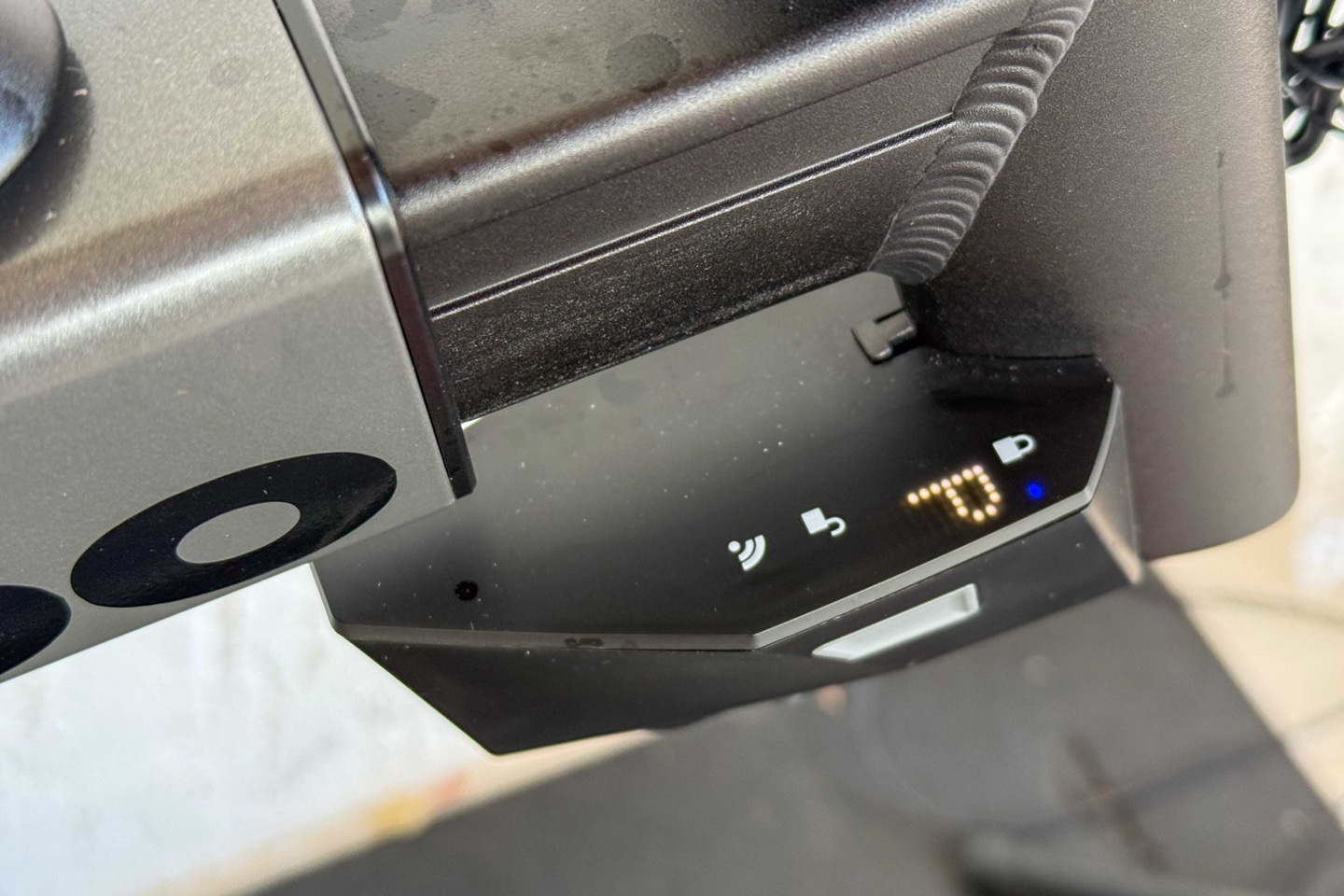
From there, you can then enter pairing mode on the Wahoo app, to instantiate that connection. After that, it’s honestly business as normal.
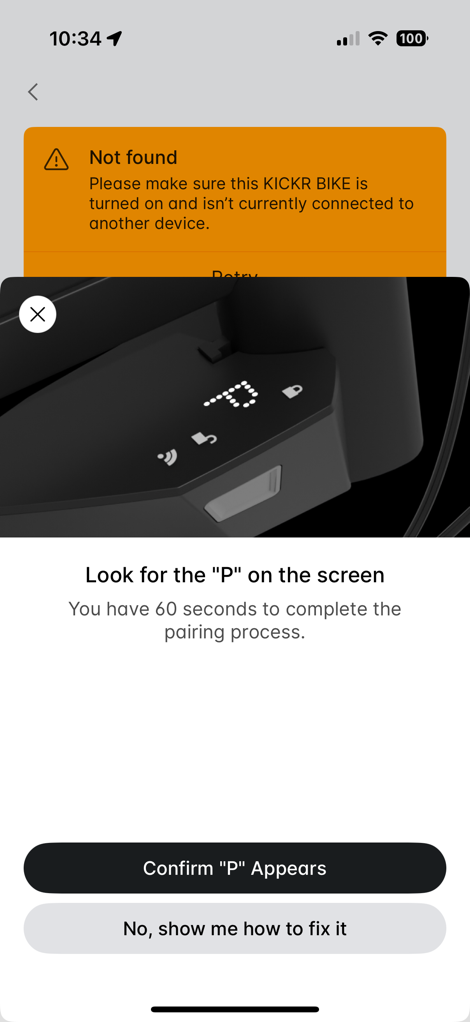
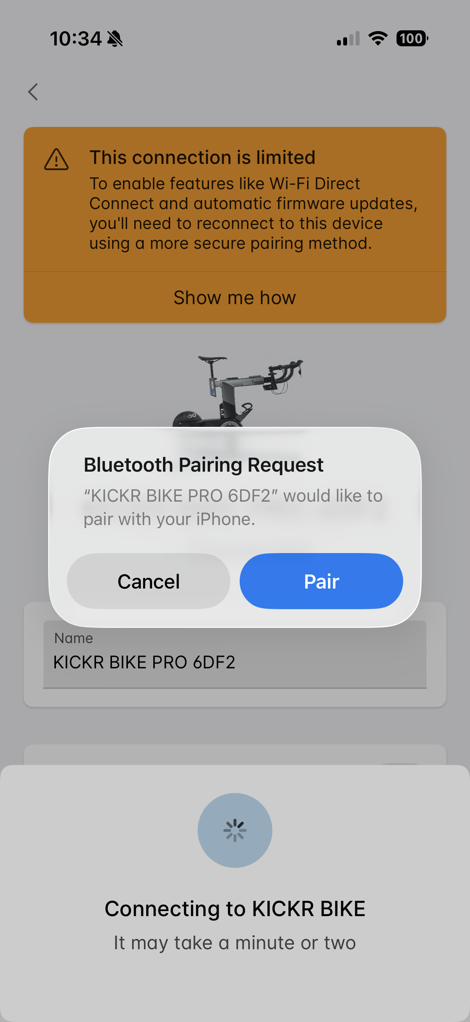
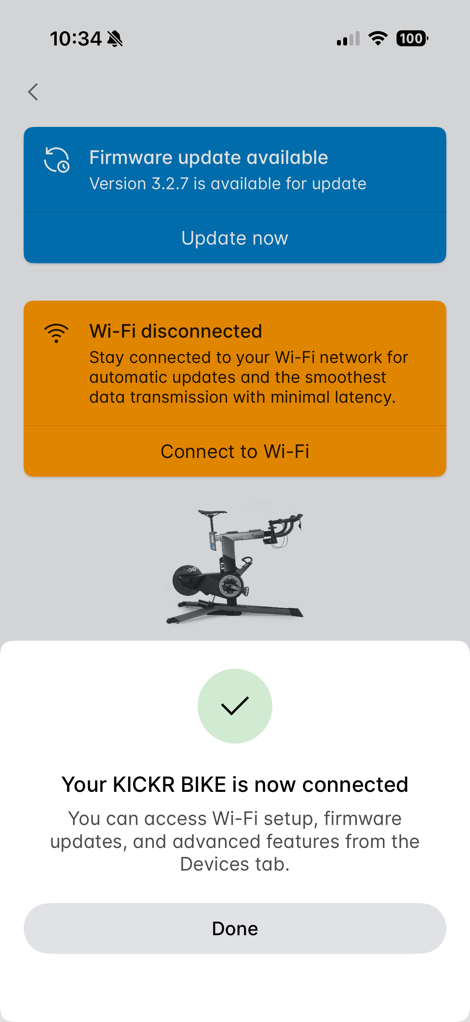
This implementation seems good. This is better than Wahoo’s recent EU-regulation-related implementations on their new ROAM/BOLT/ACE units, which I’d argue is hot mess category. In that case, they no longer allow users to access their completed rides on the USB drive, arguing it’s considered private data. Thus, when some sort of sync isn’t working correctly to the Wahoo app (as is happening right now for me), you can’t get your ride files. Which sucks.
That’s an example of Wahoo (or their lawyers) significantly misunderstanding the regulation. Wahoo is permitted to let users access the drive’s personal data, as long as they either provide a passcode or unlock option (which they already do). Currently, Wahoo allows users to access other data types on the device, which would absolutely be considered personal, but not completed rides. Nobody else is using such a weird interpretation of things. Hopefully they undo that piece. But I’ll save that rant for my Wahoo ROAM 3 review.
Wrap-Up:
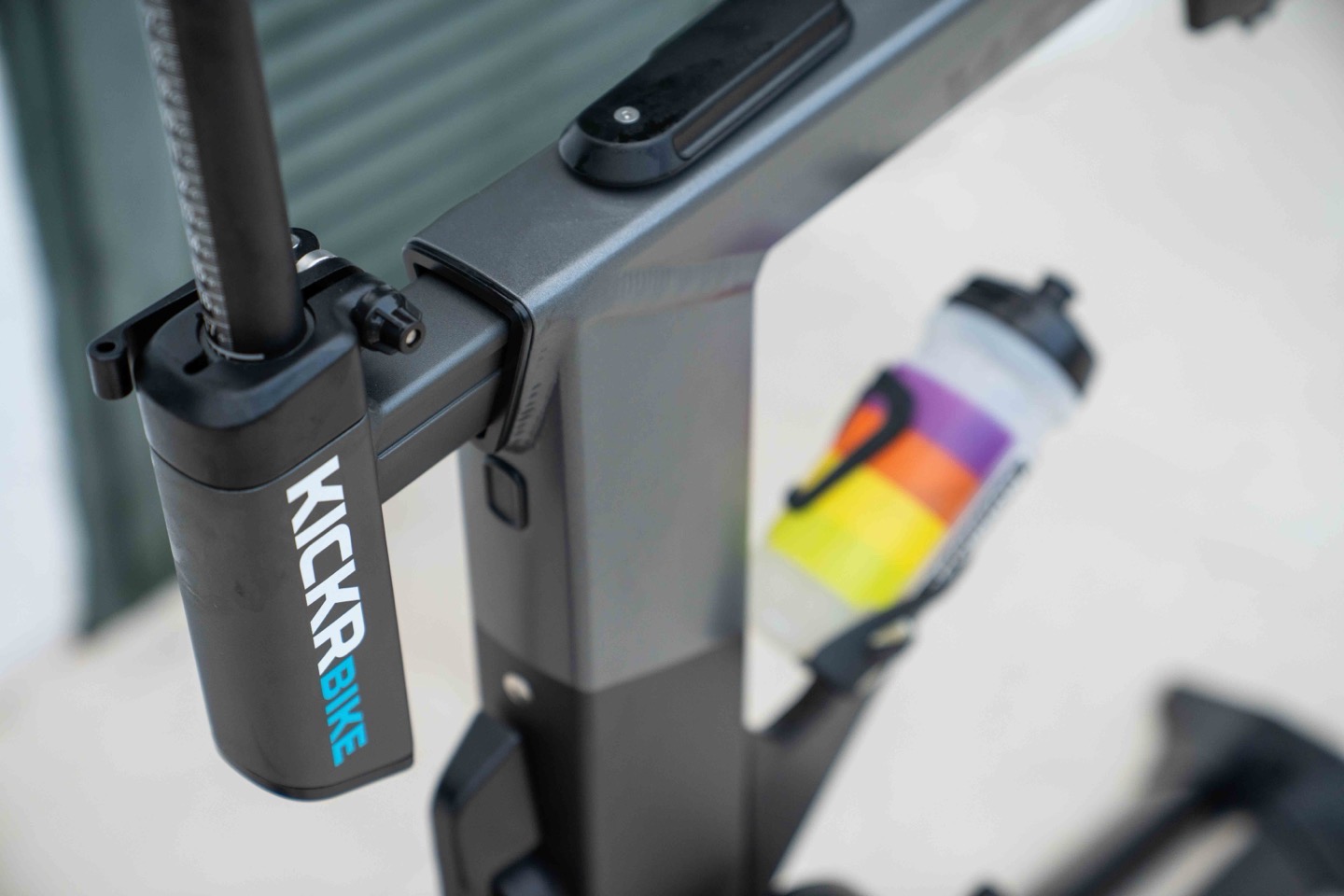
Overall, this is a minor KICKR Bike update, but one that’s appreciated. Given that nothing else hardware-wise on the bike changed except the handlebars and seat, it’s pretty easy for Wahoo to make these sorts of changes in their manufacturing line. Note that Wahoo says they’re always making slight tweaks and running changes to hardware based on support/feedback/etc…
In terms of the usage of the buttons and comfort of the handlebars/saddle, I’m happy with it. I had no problems, though it’s certainly very early days. And realistically, as I noted above, I’ve got some other indoor bikes that are in the review queue that need to get finished first before I wrap up a review on this one.
Speaking of which, I’ll be covering the new Wahoo KICKR CORE 2 shortly, too. There was a shipping SNAFU, and the unit never made it to me. But fear not, I picked up a replacement on my trip to California this week, and it’s under the plane with me right now, headed back home. So plenty of miles to come on that shortly. In particular, I’ll be looking heavily into the accuracy pieces, given that multiple reviewers have noted they needed to do advanced calibration pieces in order to get accurate data. Hopefully this just works out of the box. Because if so, I think they nailed the pricing and features on it.
With that, thanks for reading!
FOUND THIS POST USEFUL? SUPPORT THE SITE!
Hopefully, you found this post useful. The website is really a labor of love, so please consider becoming a DC RAINMAKER Supporter. This gets you an ad-free experience, and access to our (mostly) bi-monthly behind-the-scenes video series of “Shed Talkin’”.
Support DCRainMaker - Shop on Amazon
Otherwise, perhaps consider using the below link if shopping on Amazon. As an Amazon Associate, I earn from qualifying purchases. It doesn’t cost you anything extra, but your purchases help support this website a lot. It could simply be buying toilet paper, or this pizza oven we use and love.
















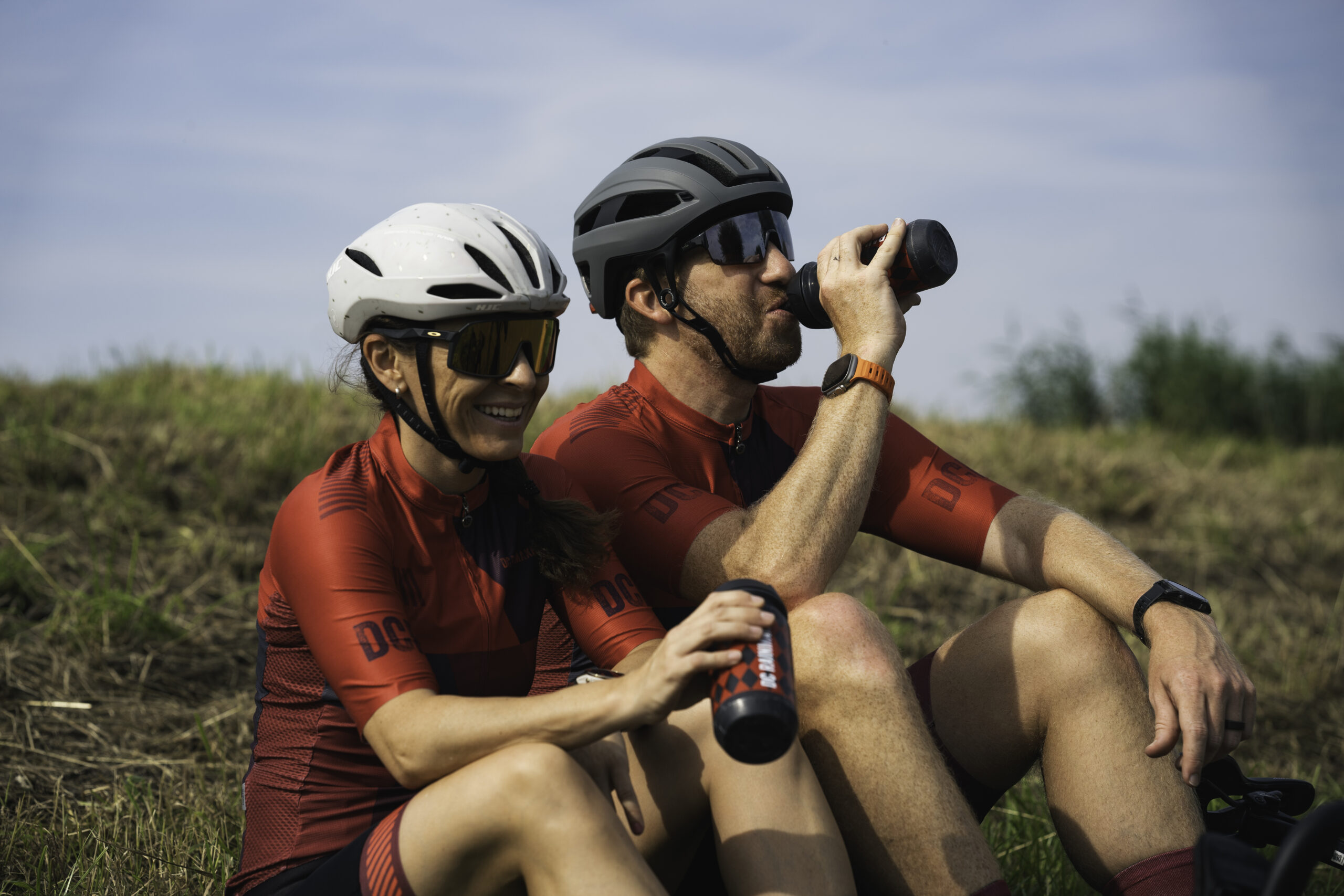





I’m very much looking forward to your Wahoo KICKR CORE 2 Review – specifically around how it compares to the JetBlack Victory. My initial research indicates they are pretty equal feature wise – one has a handle, one doesn’t – one supports the climb, etc. I would probably lean towards the Wahoo product just because of their global presence. However, JetBlack has proven to be a phenomenal company with great products.
For me with a V2 I had to swap my bars and seat – first things I did.
I’m surprised Wahoo have not changed the design of their cranks – I’ve broken one and is a very common problem….
Wouldn’t mind if Wahoo would sell the new hoods with buttons to existing V2 owners but doubt it – missed opportunity.
Elite Square review – pleasssseee? I hope it is within “some other indoor bikes that are in the review queue”…
It’s single-handedly at the top of that queue.
Thanks!
Hello,
Can you name the other indoor full bikes you’ll be reviewing?
Many thanks!
Would be interested in that list as well.
Elite Square frame is the most prominent one.
I also have the written review of the Muov bike already, but would like to finish out the YouTube view. Though, no changes there.
Have you been enlightened by Wahoo if any of the features on the software front (i.e. bridging) will be brought to KICKR Bike V2 or other trainers?
Do you foresee a Zwift Ride 2 any time soon?
I’m curious of the same. I’d love a Zwift Ride that supports the Kickr Climb and Move!
Is it just me (and, honestly, I am not very pedantic about such things), or would anybody else expect a better cable routing from the handlebars to the frame for a 4000 USD bike?
I’m curious, with all the “dumb frame + smart trainer + Zwift Cog” combinations available at scale and cheaper is there still a market for smart bikes like KICKR Bike?
Hi Ray,
A few others asked as well:
do the new Zwift clicks work on the existing Kickr Bike?
Wahoo is not replying on this..
Hmm, I’ll try it later today when I get home.
Did you get a chance to try this yet, Ray?
Doesnt seem like much of any upgrades really.. I think most people (including myself) opted right away to change saddles and handlebars.. the first thing I did was put my power saddle on my V2 and swapped to a deda gravel bar so I dont smash my knees out of the saddle on the bar ends… the fancy handlebar tape will survive a few months of sweat from the hardcore users before needing to be changed… and I guess unless you are a hardcore zwifter for the shifters..you wont sse many current kickr bike owners upgrading anytime soon.. maybe they’ll get some new users?
This is a garbage product with terrible quality control. On top of that, if you have any issues Wahoo sends you a refurbished bike as a replacement, unless you ask customer service and they get approval.
On my last replacement, the cranks were too narrow, and the pedal threads stuck out and hit the body of the bike with each turn. Before that I had to send back multiple bikes due to issues with the electronics, climb function and slippage on both handlebars and seatpost.
This product is absolutely not worth the headache.
Ray – I’m interested in more information on a comment you made in the YT video about the Wahoo control buttons being open to use by other cycling apps and not locked to Zwift. I’m not sure where the best place is for you to cover this topic, but I’m guessing I’m not alone in wanting more details.
Some questions I have:
-Are the Wahoo buttons using signals or commands that are different in any way from the Zwift branded Click V2?
-If so, then I assume they had to have Zwift add these Wahoo signals or commands to their code in addition to what they already had for the Click?
-If they are not any different from the signals or commands sent by the Zwift Click hardware, then what makes them open to use on other platforms? What prevents all other platforms from using the Zwift Click?
I’m not a fan of the Zwift Click being locked to only the Zwift App, but I understand that Zwift did the work to develop their Cog & Click hardware and have the right to profit from it in the form of app subscribers. I would just prefer to see all virtual shifting buttons open to use on any cycling app.
Zwift used its own communication protocol for the shifting side of it.. Virtual shifting on any of the hardware “bikes” like a Neo, Wahoo, Stages etc will work in any app.. I can run my v2 bike on any app out there and it will shift.. Rouvy essentially reverse engineered the zwift protocol to be able to make zwift virtual shifting work.. it also opened up some worms on the way as its communicating over bluetooth, for example, mine, and several others who own a Neo 3M and new Alpine can not get the Alpine to work on Rouvy in bluetooth mode.. the signal the Neo needs to send to the Alpine via BT looks to be getting “destroyed” ill call it during reverse engineering process… it works fine in ANT+ mode though because the signal never gets touched.. As for buttons, the V2 bike already has a few additional buttons on there that you can use in zwift, turn, brake, ride on, power up etc depending on which shifting config you use.. I use the Campagnolo shift style so I lose turning on the bike… It seems those buttons were specific to zwift, but probably not part of the zwift comm protocol? (Someone else can probably answer that better) But in the end essentially other than Rouvy and Zwift, no other app currently supports the “zwift” virtual shifting protocol…
Any word if the new shifters and/or sensor hub can be retrofitted to a BikeShift?
Ray, with Wahoo and Tacx adding motion to top end trainers why not incorporate that into the bike?
In a nutshell, things get expensive really quick. And also complex, and then from there, the potential for breakage (things going wrong) gets high too. I’m sure eventually we’ll see it, but…I suspect it’ll be a long road for Wahoo/Tacx.
Obviously, we have that with the Muov Bike (but then sans the going up/down bit of Wahoo KICKR Bike).
It would be great if Wahoo could introduce the new KICKR BIKE SHIFT drivetrain into the WAHOO KICKR PRO line without a forward/downhill driven powered motor. This would enable gradient climbing & quietness in a single package. I would gladly forgo powered descents & coasting with a gradient climb & quiet version.
Hi Ray
Are you going to review the Wahoo Kicker 2 hometrainer? Always nice to hear you view on these things.
Didn’t know I needed those game controller buttons until I did. Great upgrade in my view. Upgrading from V1 to Pro so the race mode and these controllers are very much worth it to me. I had the original bike so it’s been fully depreciated and used for some hard miles. That said, anyone notice loose handlebars or them not being perfectly aligned? No matter how hard I clamp it feels like they point ever so slightly off center to the left.